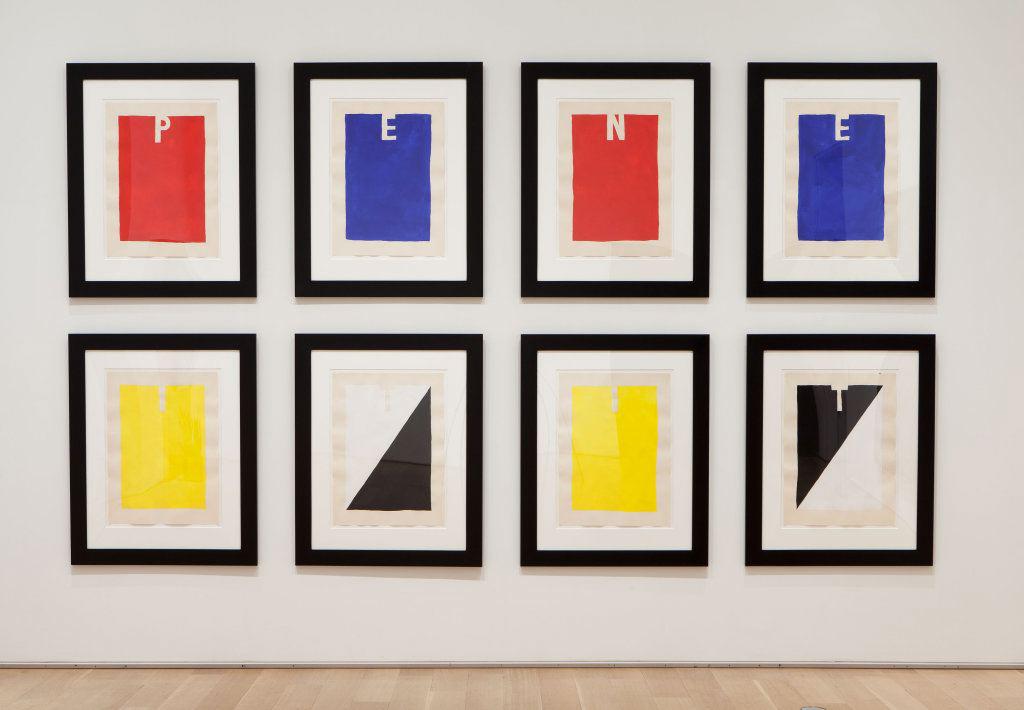
thaw,
2001

Doug Aitken’s acclaimed video installations take aim at what it means to live in an age when human experience is increasingly shaped by the mediating effects of technology and an unprecedented degree of mobility. Many of his videos unfold as journeys through desolate places in which the natural and the artificial begin to blend. Others offer technology-inflected visions of landscapes in a state of flux. Aitken described his body of work as a series of “structures which move outward in different trajectories and yet share a connection.”1 He went on to say, “If I create a work which is intensely human, then maybe the next work I want to make is as far from that as possible. It is a constantly evolving process of point and counterpoint.” His works vary in their formal qualities and subject matter, but they all pursue similar themes. Additionally, they provide a sense of how Aitken has used the spatial configurations of his multichannel installations in increasingly ambitious ways to extend his films’ narratives beyond the edges of the screen.
One of Aitken’s voyages—in this case to a glacier in Alaska—inspired thaw, which depicts a landscape that is austere and seemingly free from the touch of human history. In this three-channel projection, expansive views of moving clouds and bright sun give way to images of melting snow and sheets of ice breaking off into the exposed sea. Perhaps first and foremost, thaw (at bottom) is an overtly sensual experience, filtered through and heightened by technology. At times, the images on the angled, adjoining screens merge to create an expansive panorama, while at other moments Aitken inverts an image to produce a disorienting effect or introduces an unexpected sensation of rhythm by juxtaposing close-ups of cracking ice or water droplets. Meanwhile, the layered, pulsing audio track contributes to a sense of volatility and movement, amplifying the quality of technological mediation as one views the glacial landscape. For the audio, the artist recorded ambient noises on location and later combined them with additional sounds that he synthesized electronically. Presenting a fractured, kinetic portrait of this place, he conveys through largely formal means the hidden dynamism of the arctic terrain as it shifts between solid and liquid states.
More Acquisitions
-
![Pietniet]() Bas Jan Ader, 2014
Bas Jan Ader, 2014 -
![Image 1]()
Woman Breathing, 1978
Nancy Spero, 2009
